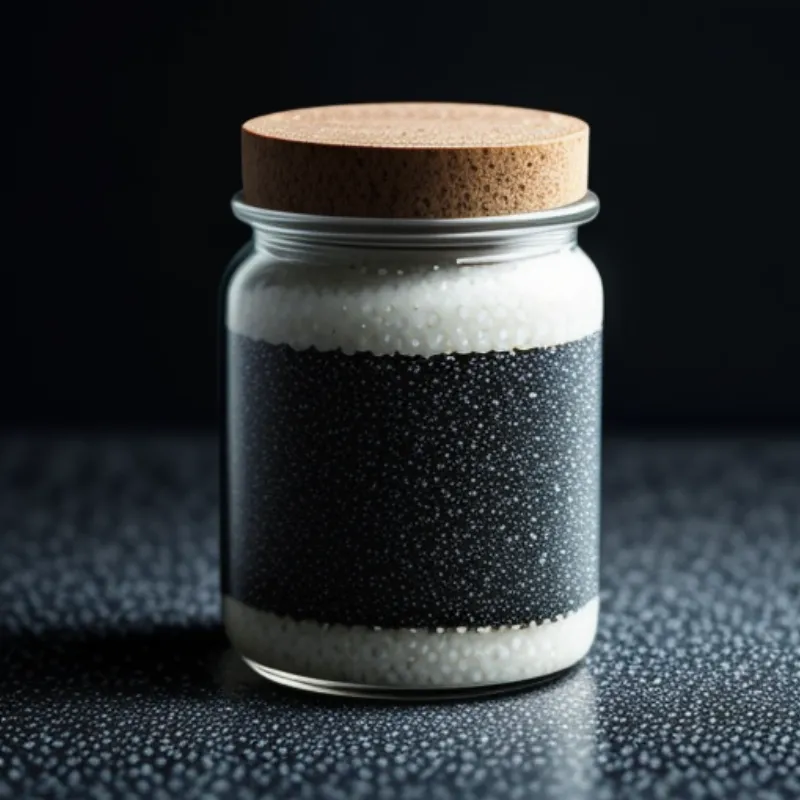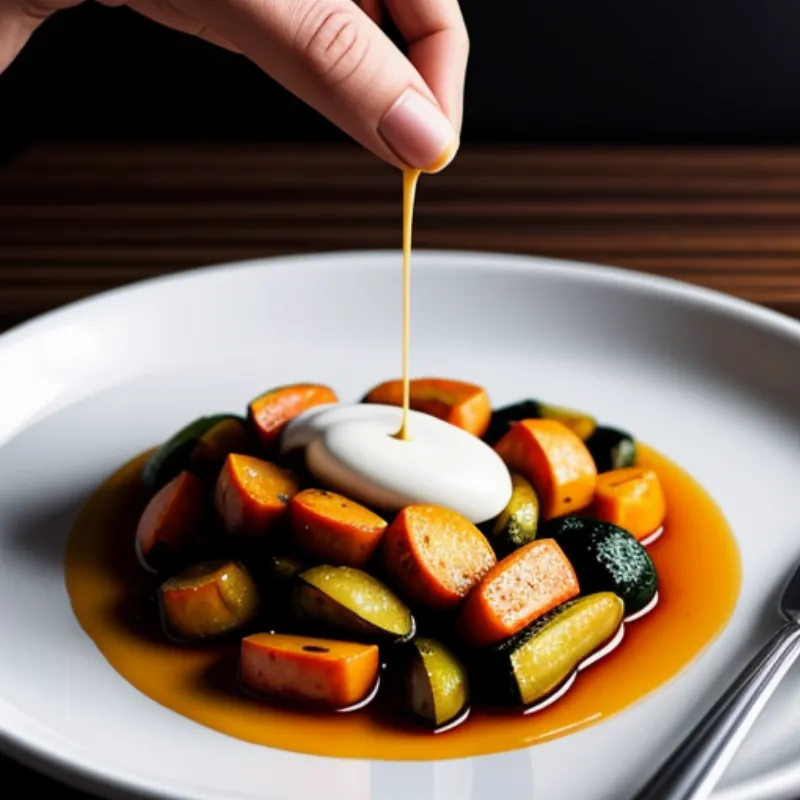Garum, the fermented fish sauce of ancient Rome, might sound intimidating, but it’s surprisingly simple to make at home. This pungent and savory condiment, once a staple in Roman kitchens, can elevate your dishes with a unique umami depth that store-bought fish sauces just can’t replicate. Imagine adding a splash of history and a burst of flavor to your next meal – that’s the magic of homemade garum.
Unearthing the Flavors of Ancient Rome
Garum’s roots reach back thousands of years, prized as both a condiment and a valuable trading commodity in ancient Rome. Made simply from fermented fish and salt, this sauce was the ketchup and soy sauce of its time, adding a punch of flavor to everything from stews to vegetables. Today, we’re going to rediscover this ancient culinary treasure and bring the taste of history to your table.
Gathering Your Ingredients: A Foray into the World of Fermentation
Making garum requires minimal ingredients, but each plays a crucial role in the fermentation process. Here’s what you’ll need:
- Oily Fish: 1 pound (500g) (anchovies, sardines, mackerel, or a mix are traditional choices)
- Sea Salt: 1/2 cup (150g) (use a good quality sea salt for the best flavor)
- Water: 1/2 cup (120ml) (optional, for adjusting consistency)
A Note on Choosing Your Fish
The soul of your garum lies in the fish you choose. Opt for fresh, high-quality oily fish. Anchovies are the classic choice, lending a strong, pungent flavor. Sardines offer a milder taste, while mackerel brings a rich, full-bodied flavor to the mix. Feel free to experiment with different fish or combinations to discover your preferred garum profile.
 Fresh Anchovies for Garum
Fresh Anchovies for Garum
Assembling Your Tools for Garum Mastery
You won’t need a Roman kitchen to create this historical condiment! These simple tools are all you’ll need:
- Non-reactive container: Glass or ceramic work best (avoid metal)
- Cheesecloth: For straining
- Rubber band or string: To secure the cheesecloth
- Jar: For storing your finished garum
Crafting Your Garum: A Journey of Time and Taste
Follow these steps to unlock the ancient flavors of garum:
- Prepare the Fish: Clean and gut your fish, discarding the heads and innards.
- Layer and Salt: In your non-reactive container, layer the fish, sprinkling each layer generously with salt.
- Press and Seal: Press down firmly on the fish to release any air pockets. Cover the container tightly with cheesecloth, securing it with a rubber band or string.
- Ferment: Place your container in a cool, dark place (around 60-70°F or 15-21°C). Allow it to ferment, undisturbed, for at least 2 months.
- Observe the Transformation: Over the weeks, the fish will break down, releasing a liquid. This is your garum developing its characteristic pungent aroma and savory depth.
- Strain and Store: After 2-3 months, strain the mixture through cheesecloth, extracting the liquid gold – your garum! Store it in an airtight jar in the refrigerator for up to a year.
 Garum Fermenting Process
Garum Fermenting Process
Tips and Tricks for Garum Greatness
- Patience is Key: Garum is a labor of love and time. Don’t rush the fermentation process. The longer you wait, the more complex and flavorful your garum will be.
- Embrace the Aroma: Yes, garum has a strong smell during fermentation, but don’t let it deter you! The final product will be worth it.
- Taste and Adjust: As your garum ferments, periodically taste it (using a clean spoon!). If it becomes too salty, add a small amount of water.
The Art of Serving Garum: From Ancient Rome to Your Table
Garum, with its umami punch, can transform simple dishes into flavor-packed masterpieces. Here’s how to use it:
- Ancient Roman Recipes: Recreate history! Use garum as a staple seasoning in ancient Roman recipes, bringing the past to life through your cooking.
- Soups and Stews: Add a splash of garum to your favorite soups and stews for an extra layer of savory depth.
- Marinades and Dressings: Whisk garum into vinaigrettes or marinades for grilled meats, adding complexity and a touch of umami.
- Vegetable Dishes: Elevate roasted vegetables or simple sauteed greens with a drizzle of garum for a flavor boost.
 Using Garum as a Condiment
Using Garum as a Condiment
Garum: A Culinary Adventure Through Time
Making garum is more than just following a recipe; it’s about embarking on a culinary adventure, connecting with the flavors and techniques of the past. So, gather your ingredients, embrace the fermentation process, and experience the unique satisfaction of creating this ancient Roman delicacy in your own kitchen.
